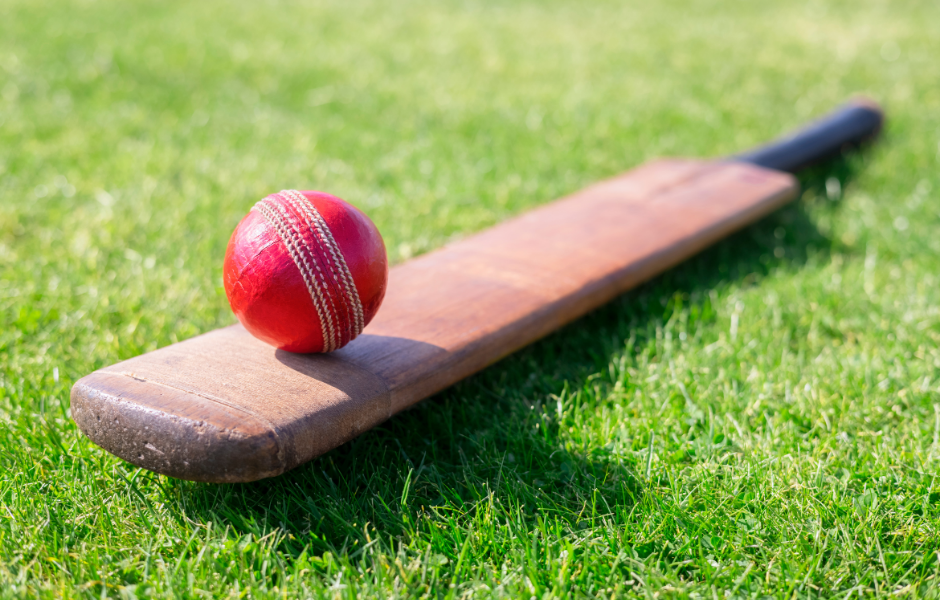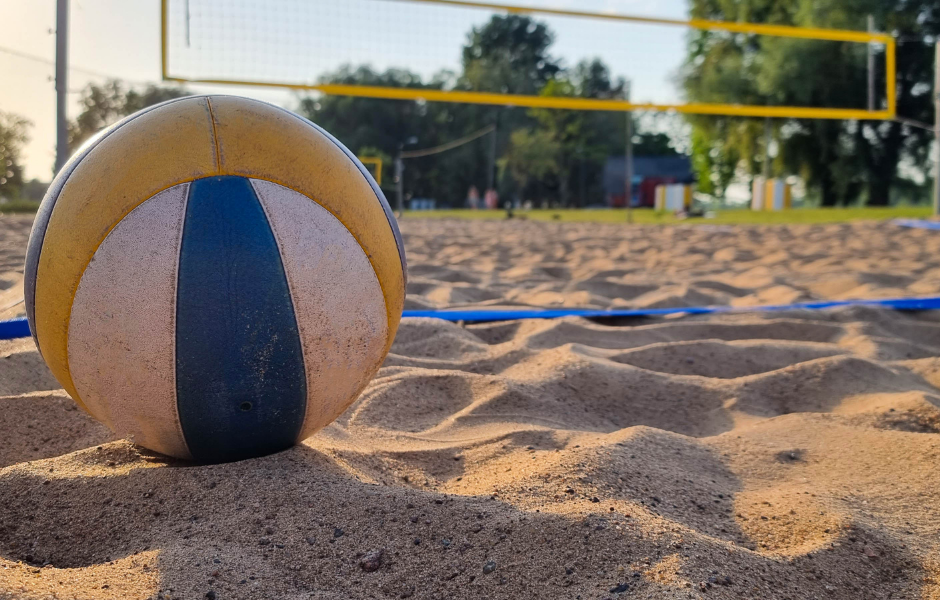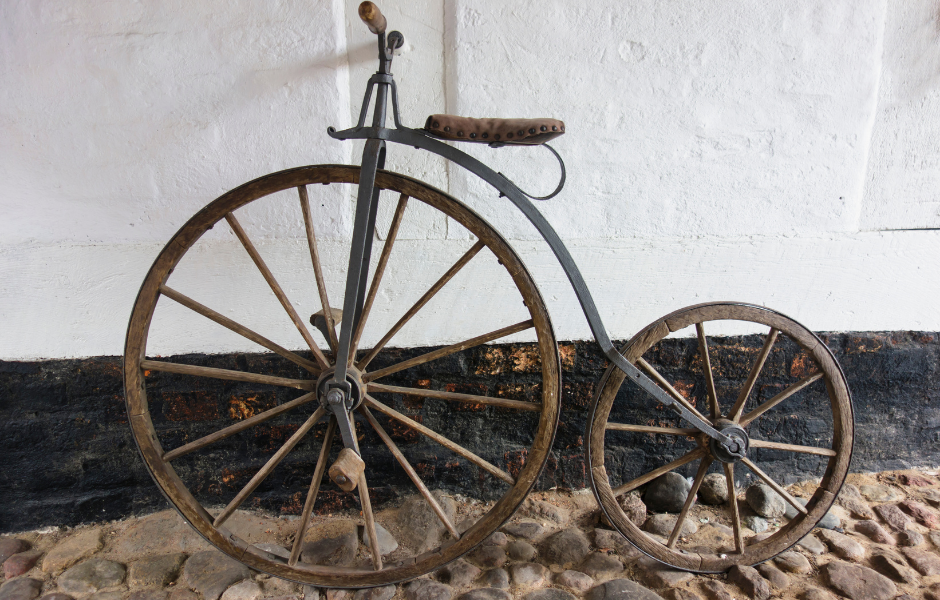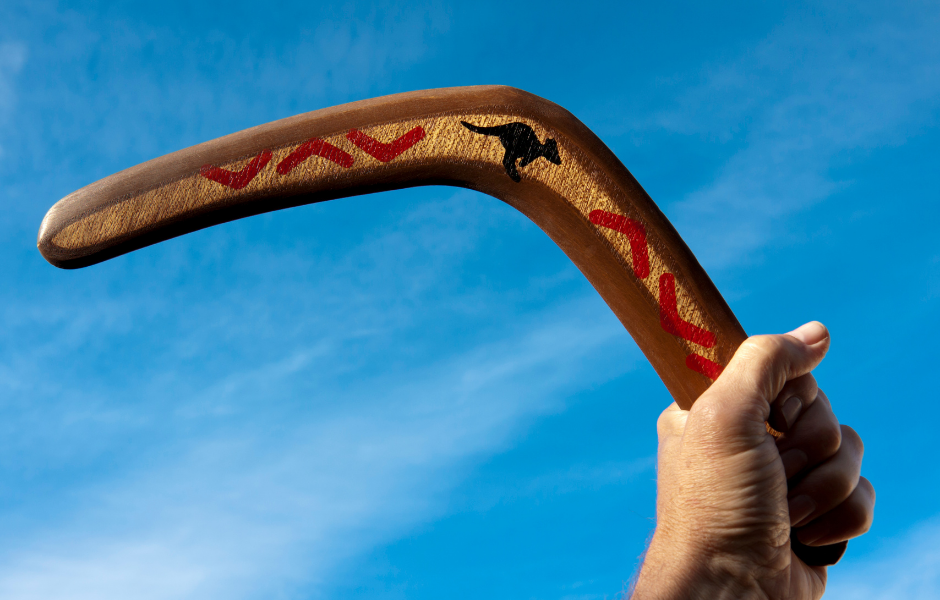
This children’s article, Formula One for kids: discover the world of F1 racing, has been written for native English speakers and learners of English as a second or foreign language. It can help children practise reading and comprehension, learn useful vocabulary, and explore the exciting world of Formula One racing. Written by Sinead O’Carroll, an experienced teacher and writer.
What is Formula One?
Formula One, often called F1, is the fastest car racing in the world. Drivers race high-tech cars on special circuits, called tracks, in countries all over the globe.
Every race is called a Grand Prix, and the goal is to finish first while driving at incredible speeds. F1 is famous for thrilling races, sharp corners, and cars that can reach more than 350 kilometres per hour.
How F1 cars work
F1 cars are very different from normal cars. They are built to be light, strong, and extremely fast. They use special engines called power units, which combine traditional petrol engines with electric motors.
The cars have aerodynamic shapes that help them stick to the track while taking corners at high speed. Every detail, from the tyres to the brakes, is designed for performance.
The drivers
F1 drivers are some of the best in the world. They need sharp reflexes, strong concentration, and great physical fitness. Famous drivers include Lewis Hamilton, Max Verstappen, and Charles Leclerc. Each season, drivers compete to earn points for both themselves and their teams. The driver with the most points at the end of the season wins the World Championship.
Teams and strategy
Teams play a huge role in F1. Each team builds and maintains its own cars. They also plan race strategies, such as when to change tyres or when to use a boost of power called DRS. Pit stops are an exciting part of every race. Special mechanics can change all four tyres in just a few seconds, helping drivers save precious time.
F1 around the world
F1 races take place in many countries, including the United Kingdom, Italy, Japan, and Australia. Each track has its own challenges. For example, Monaco is famous for its narrow streets and tight corners, while Spa in Belgium has long curves and fast straights. The F1 season is like a world tour for fans and drivers.
For more information about Formula One, visit Formula1.com.
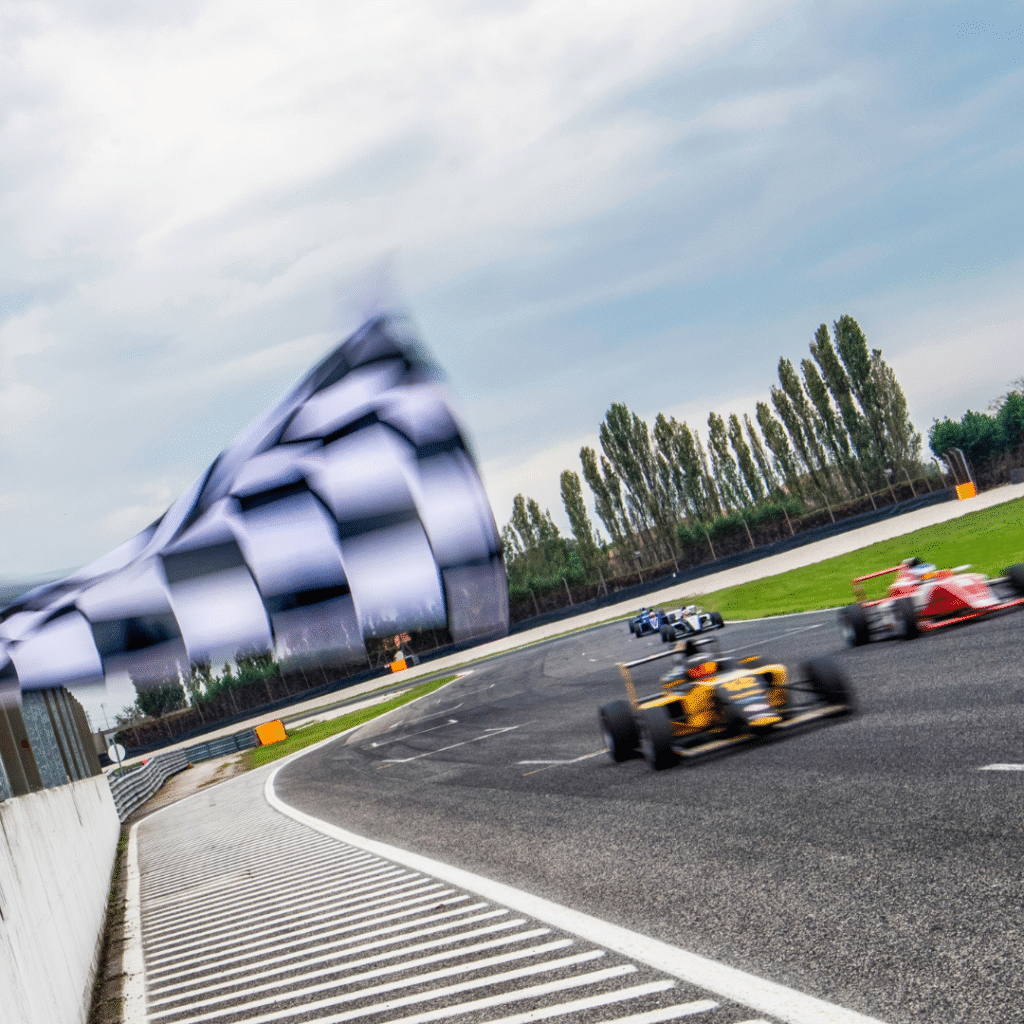
Article vocabulary list
- Circuit – a race track where cars compete.
- Grand Prix – a Formula One race.
- Aerodynamic – shaped to move quickly through the air.
- Power unit – the engine system of an F1 car, including electric motors.
- Reflexes – quick reactions to sudden events.
- Pit stop – when a car stops during a race to change tyres or fix problems.
- DRS – a system that gives a temporary speed boost on certain parts of the track.
Comprehension questions
Just click the plus (+) to see the answer
1. What is the main goal of an F1 driver in a race?
a) To finish last
b) To finish first
c) To drive slowly
Answer: b) To finish first
2. Which of these is a famous F1 driver mentioned in the article?
a) Lionel Messi
b) Lewis Hamilton
c) Serena Williams
Answer: b) Lewis Hamilton
3. What is a Grand Prix?
a) A type of car
b) A Formula One race
c) A racing helmet
Answer: b) A Formula One race
4. Why are pit stops important in F1 racing?
a) They allow drivers to change tyres quickly and save time
b) They are a break for drivers to eat snacks
c) They let the car rest for a few minutes
Answer: a) They allow drivers to change tyres quickly and save time
5. What does DRS do in F1 racing?
a) Makes the car change colour
b) Gives a temporary speed boost
c) Turns the car automatically
Answer: b) Gives a temporary speed boost
Sinead is a writer and EFL teacher with eight years’ experience. She’s a native English speaker who loves making news stories fun and easy to understand for children around the world. Her passions include travel, animals, and helping to make the world a kinder, more sustainable place.

